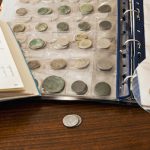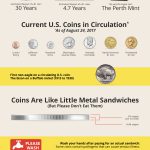In the 17th century, alchemists experimented with a substance that most of us would never consider valuable — urine.
But it was one German alchemist, Hennig Brand, who made one of the world’s most noteworthy discoveries from working with pee. And it all happened by accident.
He initially sought out to turn pee into gold, in hopes of becoming rich. After all, pee is abundant. If he succeeded, he thought, he could turn something that we all produce every day into something of great monetary value.
This belief led him to boil urine down into a paste and heat it with sand, thereby distilling phosphorous from the mixture.
Phosphorous is a mineral that has several critical functions in the human body, such as assisting with the formation of bones and teeth. It also helps the body produce protein, allowing for the growth, maintenance, and repair of cells and tissues.
But, at the time, Brand and the general public didn’t know that. They were initially fascinated by the discovery for one simple fact — it glowed in the dark. The growing public interest allowed Brand and his colleague to tour Europe, showing off what was essentially a glowing ball of pee.
And we’re all the better for it.
Phosphorus is widely used today in household items, such as toothpaste, detergent, and friction matches. It’s also found in fertilizers and pesticides.
So, gross or not, we’re grateful for Brand’s process (and science).











